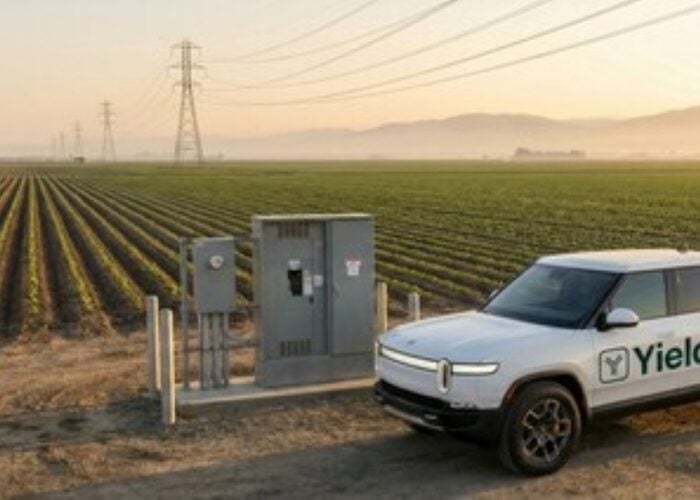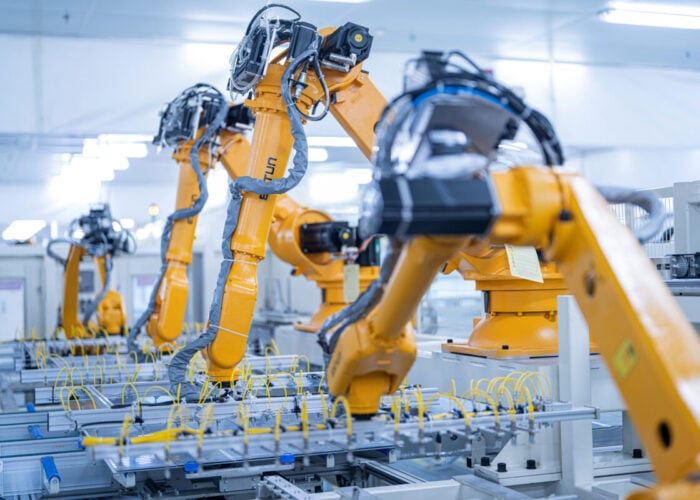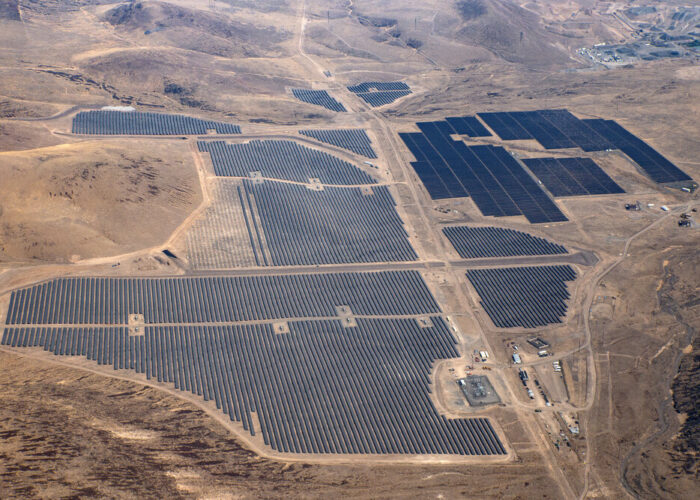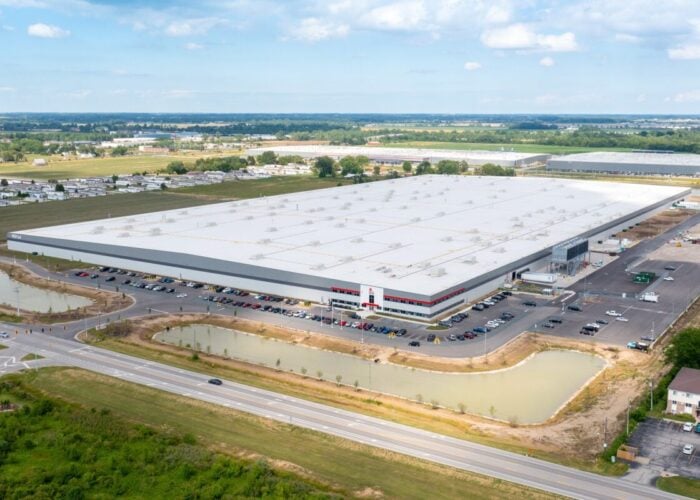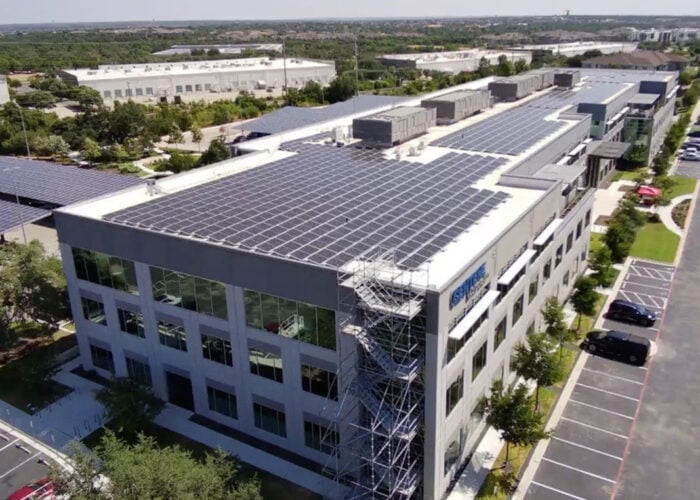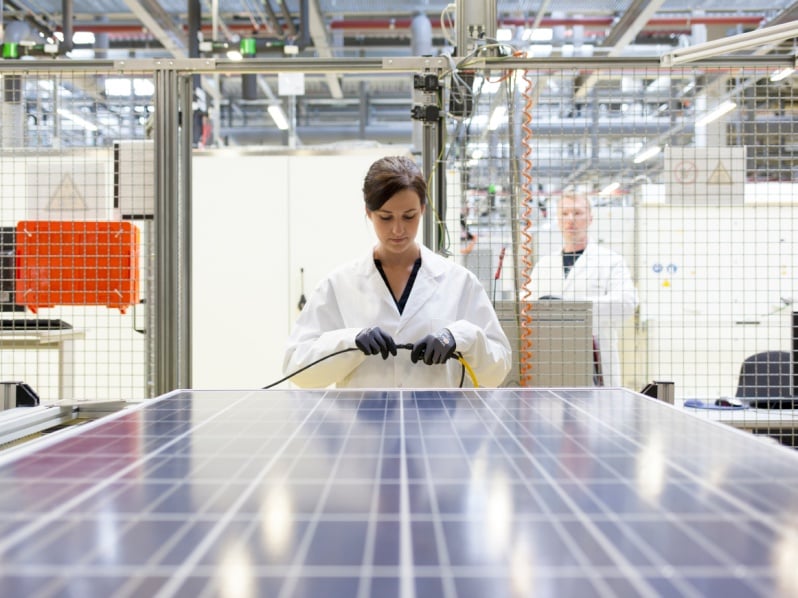
The protectionism of US president Donald Trump has failed to halt the decline of domestic PV cell makers and will not suffice to defeat China’s “state capitalism”, a US review has found.
The US market has seen “large increases” in PV cell imports and “large declines” in revenues from modules containing US-made cells despite Trump’s decision in 2018 to enact so-called Section 201 import quotas and levies, according to the US International Trade Commission (USITC).
Try Premium for just $1
- Full premium access for the first month at only $1
- Converts to an annual rate after 30 days unless cancelled
- Cancel anytime during the trial period
Premium Benefits
- Expert industry analysis and interviews
- Digital access to PV Tech Power journal
- Exclusive event discounts
Or get the full Premium subscription right away
Or continue reading this article for free
The Commission – a nonpartisan federal agency advising the US government over trade policies – examined whether US crystalline silicon solar manufacturing has improved or deteriorated in the years before and after Section 201 import barriers were slapped on imports.
Published last Friday, the review did not shed light on individual US makers – performance figures were redacted – but it went on to claim domestic cell manufacturers recorded employment and net sales gains between H1 2018 and H1 2019, reversing 2016-to-2018 drops on both fronts.
These partial gains aside, however, the report’s overall post-Section 201 picture for US cell makers was bleaker. Despite the protection afforded by import barriers, all players bar Panasonic confirmed they had shuttered cell-making operations when contacted by the USITC in 2019.
According to the agency, gross losses continued to pile for US cell makers after the Section 201 measures were rolled out. Cell production and capacity fell all over 2016-2019 – none of the firms approached reported bifacial production – as did shipments, which mostly went abroad in H1 2019.
Writing for the report, USITC commissioner Jason E. Kearns said the downturns for US cell players were likely linked to the fact that the US set a more generous annual import quota for cell imports (2.5GW) than the 1GW the USITC itself had advised.
“At the same time I believe one should be clear‐eyed about the global environment for CSPV products … during and likely following these safeguard measures,” said Kearns, a Democrat named USITC commissioner by former president Barack Obama in 2017 and reconfirmed by Trump the same year.
“Safeguard measures may well have been necessary to provide relief to U.S. CSPV producers from injurious surges in imports, but they are not sufficient to resolve the conflict between market‐based capitalism and state capitalism that this market appears to exemplify,” Kearns added.
Module makers more buoyant as bifacial taps into exemption
The USITC’s findings of US cell downturns contrasted with a more buoyant module segment. Where the advent of Section 201 seemingly failed to halt cell manufacturing decline, it did manage to drive a “significant expansion and investment” in the domestic module ecosystem, the review said.
Unlike US cell makers, their module counterparts posted 2018-to-2019 capacity increases. According to the USITC, the jump was driven by launches in 2019 by Hanwha, Jinko and LG – the first of the three opened a 1.7GW assembly plant in Georgia – and factory upgrades by Auxin and Heliene.
The post-Section 201 recovery of US module makers extended to the financial sphere: the segment saw a more marked bounce-back of net sales and went on to slash operating losses in 2018 and 2019. Driven by Hanwha’s new plant, shipments rose year-on-year.
US solar body the SEIA, a long-running critic of US import barriers, acknowledged the USITC’s finding that the measures have driven higher investment in the domestic industry. The association did, however, repeat earlier claims that the duties are harmful and should be phased out.
“Let’s work together on solutions that advance American-made products and that build a stronger clean energy economy for all Americans. An added tariff burden most certainly is not the answer,” the SEIA’s CEO Abigail Ross Hopper said in a prepared statement.
The SEIA’s talk of “burden” came as the USITC review itself noted Section 201’s impact on component economics. Cell and module prices may have dropped after the import tariffs but remain, parties agree, higher than they would have been without the measures, the USITC said.
The review’s findings suggested the continued US tariff exemption for bifacial imports – a reprieve Trump enacted but then failed to bring down – has benefited the emerging technology. Of all products exempted from Section 201 barriers, only two-sided panels were imported in higher volumes in H1 2019 compared to H1 2018.
As a “final thought”, commissioner Kearns noted China’s dominance follows the country’s heavy investment in PV factories and workforce. “For China, addressing climate change means jobs”, he said, as he wondered whether the US could enjoy similar benefits if it emulated China’s efforts.

